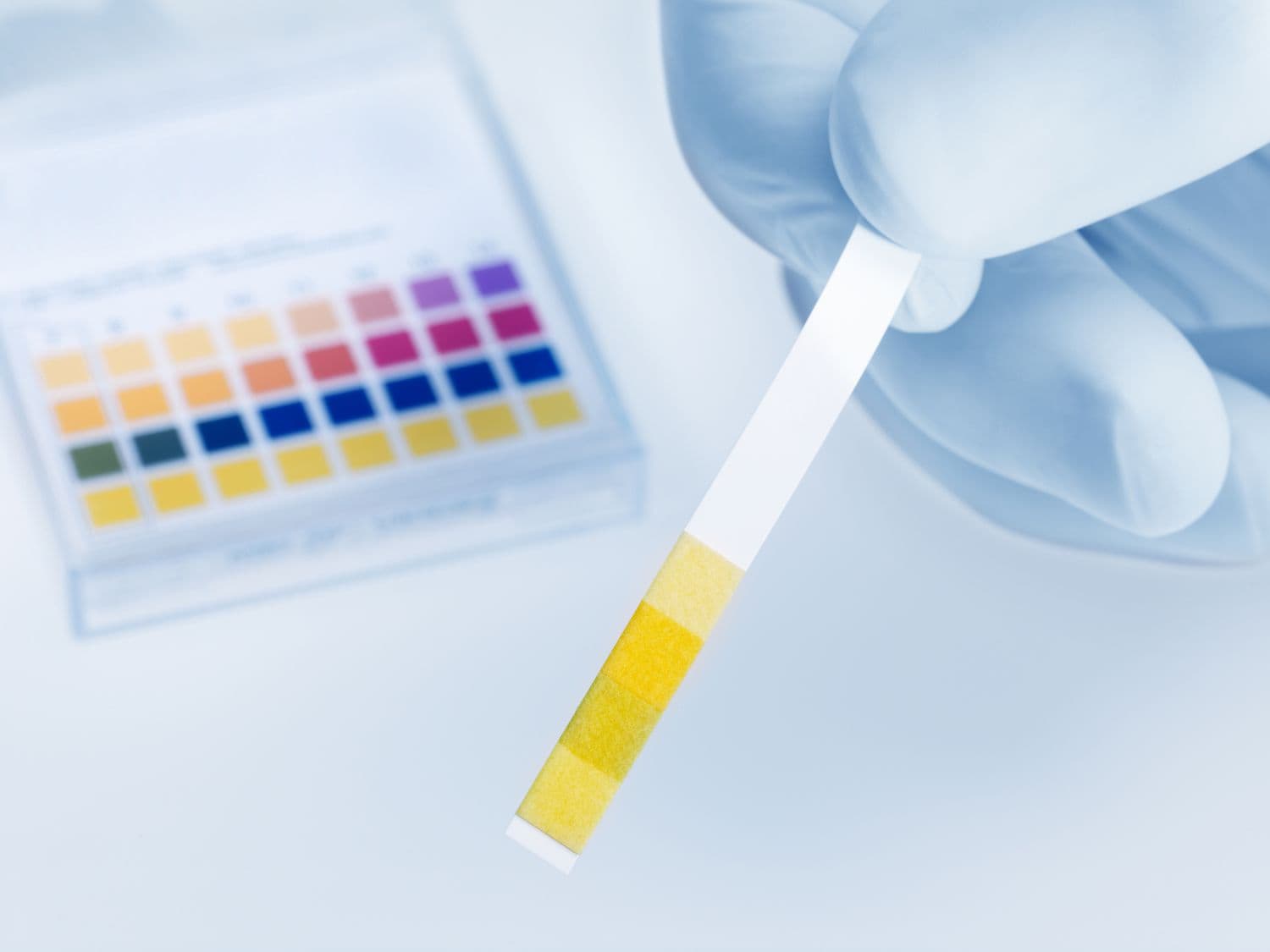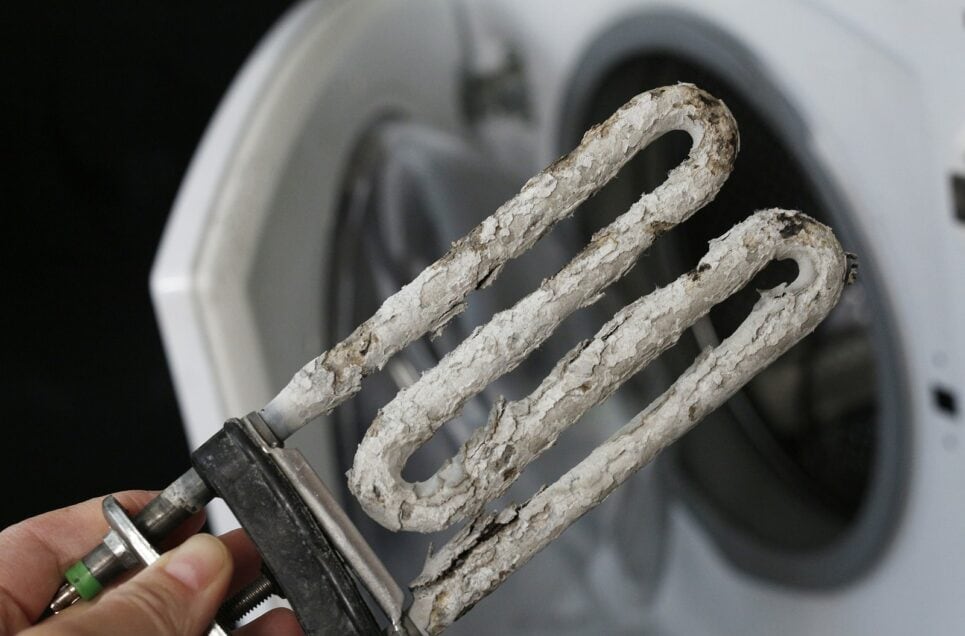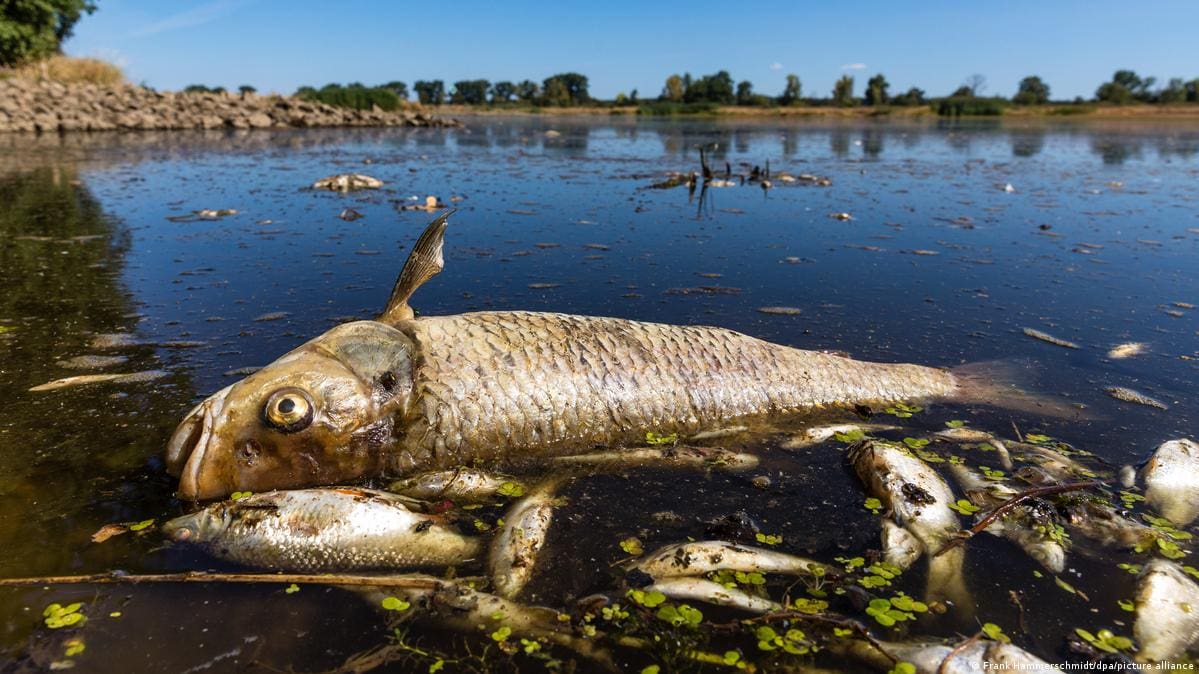Your home is supposed to be the safest place for you and your family. But hazards can creep into your family’s lives. And some of these hazards are sneaking in through your drinking water. In an ideal world, you shouldn’t have to worry about whether or not the running water in your home is infiltrating your family’s health. Sadly, that’s not the reality we face. Water is an essential part of our daily lives, and we rely on it for everything from drinking to bathing and cooking. However, it’s not always safe to assume that the water coming from your taps is entirely pure and free of contaminants. Harmful substances can enter your water supply in a variety of ways, including agricultural runoff, industrial waste, and even personal care products. The presence of these contaminants can have severe impacts on your family’s health, causing illnesses and diseases ranging from mild to life-threatening. With so many potential sources of water contamination, it’s crucial to take steps to protect yourself and your family by ensuring the safety and quality of the water you use every day.

pH Imbalance Can Damage Your Home And Your Family
Water pH balance is a critical aspect of drinking water quality, and an imbalance can have serious health consequences. Too much acidity can cause corrosion in pipes, leading to the presence of heavy metals such as lead and copper in the water. On the other hand, high alkalinity can cause scale buildup in pipes, leading to reduced water pressure and even blockages. Additionally, an imbalance in pH can affect the taste and odor of drinking water, making it unpalatable for consumption. But the risks don’t end there – pH imbalances can also impact aquatic life and ecosystems, as changes in pH can disrupt the natural balance of water bodies, leading to decreased biodiversity and other negative impacts. Maintaining a balanced pH is critical for ensuring safe and healthy drinking water, and water treatment facilities must carefully monitor and adjust pH levels to protect public health and the environment. [Water Care]




































